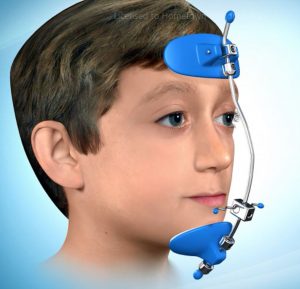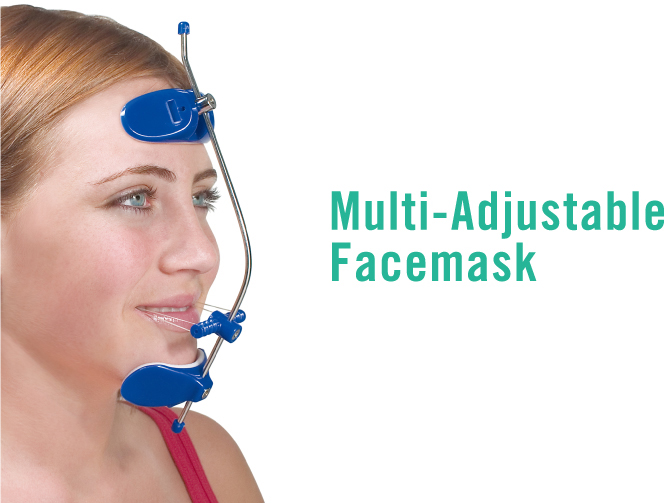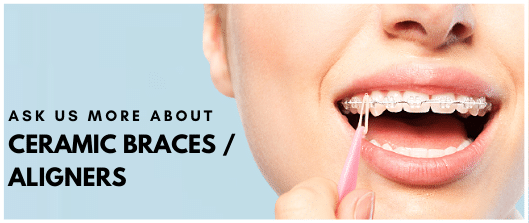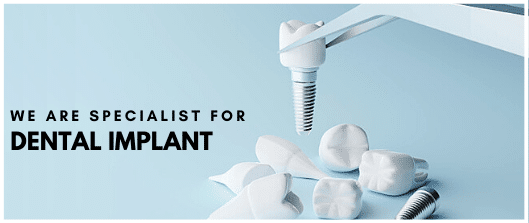Twin block
Functional Jaw Orthopedics is a term used to describe appliances that orthodontists use to affect the jaw and bone – not just the teeth. These appliance bring the lower jaw forward if it is recessive (back too far) .Commonly used functional appliance is a twin block . Twin block appliance helps to bring the lower jaw forward if it is recessive (back too far) thereby improving the profile from convex to straight. If used with expansion the appliance also widens the upper jaw, which helps make room for the permanent teeth and prevents extraction of bicuspid teeth. The ideal age for the use of functional appliances is between ages seven and eleven, when the cooperation level is the highest. However, functional appliances can be utilized as early as age 4, if the upper jaw is too narrow and is having a negative effect on the child’s breathing and speech. Arch Development (functional appliances) can also be used in adults to develop the arch to a more normal shape and size before applying the braces.
affect the jaw and bone – not just the teeth. These appliance bring the lower jaw forward if it is recessive (back too far) .Commonly used functional appliance is a twin block . Twin block appliance helps to bring the lower jaw forward if it is recessive (back too far) thereby improving the profile from convex to straight. If used with expansion the appliance also widens the upper jaw, which helps make room for the permanent teeth and prevents extraction of bicuspid teeth. The ideal age for the use of functional appliances is between ages seven and eleven, when the cooperation level is the highest. However, functional appliances can be utilized as early as age 4, if the upper jaw is too narrow and is having a negative effect on the child’s breathing and speech. Arch Development (functional appliances) can also be used in adults to develop the arch to a more normal shape and size before applying the braces.
Face mask


The protraction facemask is an appliance commonly used in the interceptive treatment of Class III malocclusions where the maxilla (upper jaw) is anteroposteriorly (front-back) deficient. It is designed to apply forward and downward traction on the upper jaw.
A metal bar acts as a framework to maintain support to the forehead and chin. The supports, a forehead rest and a chin cup, are adjusted individually to match the height of the patient’s face.
An extraoral force is applied through two (2) 8-oz elastics attached to hooks mounted on a fixed intraoral appliance (the most often a palatal expander) toward an adjustable bar attached to the vertical framework.
The force is directed from the back toward the front and downward(posteroanterior and inferior).
The mask is worn during the evening and night for a duration of 8 to 12 hours. Wearing the facemask during the day is neither recommended nor necessary. You will see results with good diligence during the evening and night.
The forces induced by the elastics are heavy forces. It is necessary to let the skin of the forehead and chin rest and breathe during the day. For that matter, we recommend cutting and adjusting panty liners and applying them on the internal surface of the supports.
Arch Expanders


An expansion appliance fits into the roof of your mouth like a retainer. It is attached to the teeth on the sides of your mouth. By gently adjusting the width of the appliance, it can gradually push the sides of your upper jaw further apart. It is used to expand the upper arch for a proper fit with the lower arch and is also used to create space for adjusting crowded teeth.
The expander is activated by turning the screw in the middle of the appliance. You will be required to visit your orthodontist on weekly intervals during the active period. The activation lasts about 1 to 2 months. As a result a gap will appear between the front teeth within 1 or 2 weeks. When active expansion has been completed a 3 to 5 month retention period is recommended to maintain the result.
Micro-Implants in Orthodontic Treatment
 Micro-implants are tiny screws made of commercially pure titanium (99%) or titanium alloy (90%). The micro-implants are embedded in bo ne and they serve as anchor points to move teeth during orthodontic treatment.
Micro-implants are tiny screws made of commercially pure titanium (99%) or titanium alloy (90%). The micro-implants are embedded in bo ne and they serve as anchor points to move teeth during orthodontic treatment.
Use of micro implants for orthodontic treatment?
The method of tooth movement is based on the mechanical principle of using an anchor reference (a stable point) to deliver a force to a tooth or a set of teeth.Traditionally, the anchor reference is a tooth or a set of teeth which has the disadvantage of the anchor reference moving in the opposite direction to the intended tooth movement. Because anchor teeth have the potential to move under a force, it is therefore unable to provide the necessary optimal amount of anchorage to move other teeth in a most efficient and effective manner.
In contrast,micro-implants are embedded into the bone surrounding your teeth and they serve as excellent anchor points for moving teeth. Because these micro-implants are embedded in bone, they are not likely to move as compared with anchor teeth.When a force is delivered to move teeth from micro-implant anchors,tooth movement is predictable and more efficient.
Early and Interceptive treatment
 Early intervention and interceptive treatment can lessen the severity of a problem, and it frequently makes the completion of treatment at a later age less time consuming and less expensive. With the use of growth modification appliances facial jaws growth and tooth eruption can be modified to correct position.
Early intervention and interceptive treatment can lessen the severity of a problem, and it frequently makes the completion of treatment at a later age less time consuming and less expensive. With the use of growth modification appliances facial jaws growth and tooth eruption can be modified to correct position.
Interceptive treatment may be beneficial in:
- Avoiding fracture or loss of protruding teeth
- Correcting cross bite, tooth grinding, tooth interference and lower jaw displacement.
- Assuring that the jaws and teeth meet properly during chewing
- Eliminating adverse habits such as thumb or finger sucking, tongue thrusting and lip habits
- Correcting early malalignment of teeth and jaws
- Enhancing proper speech development
- Improving self-confidence


